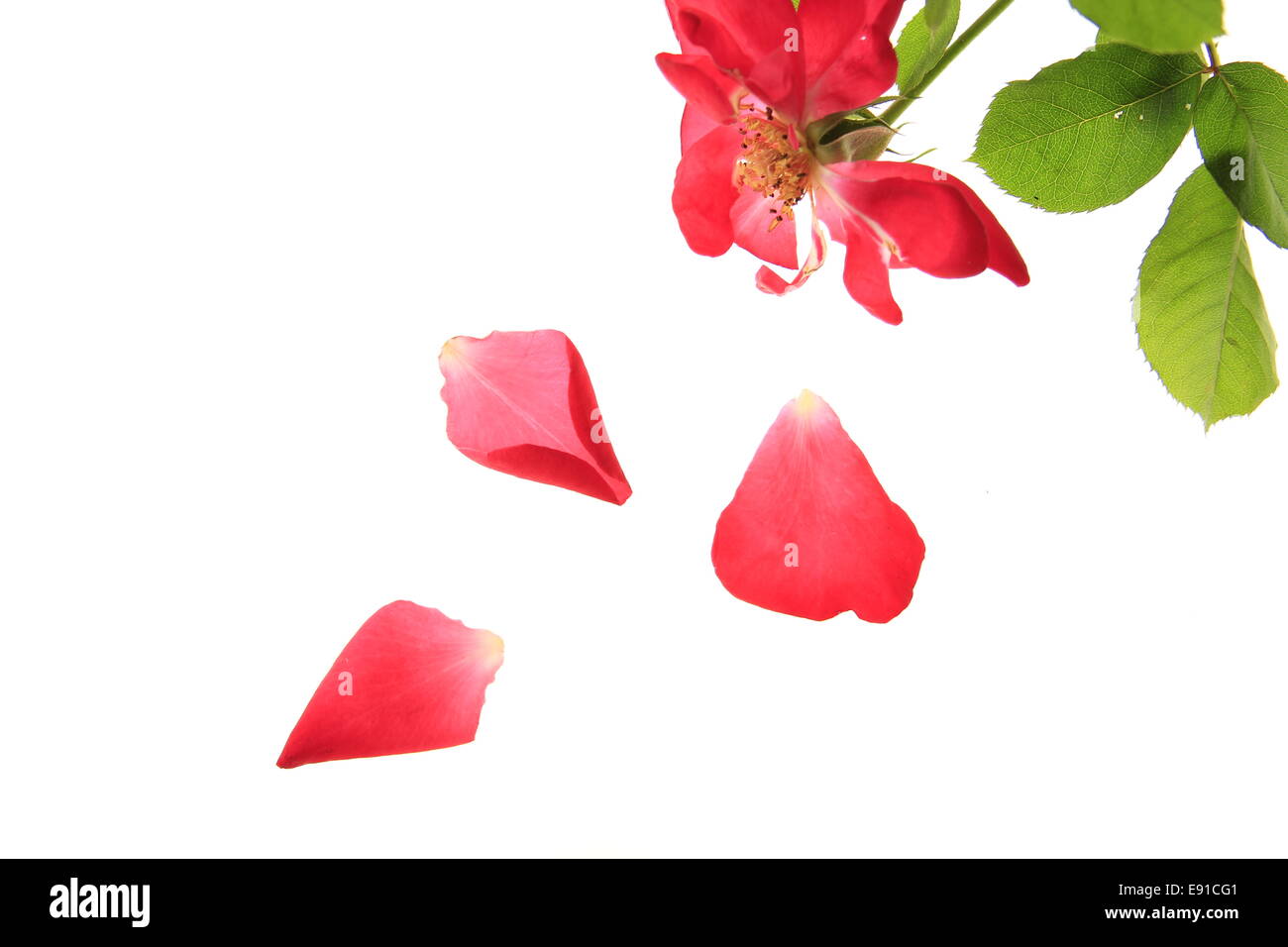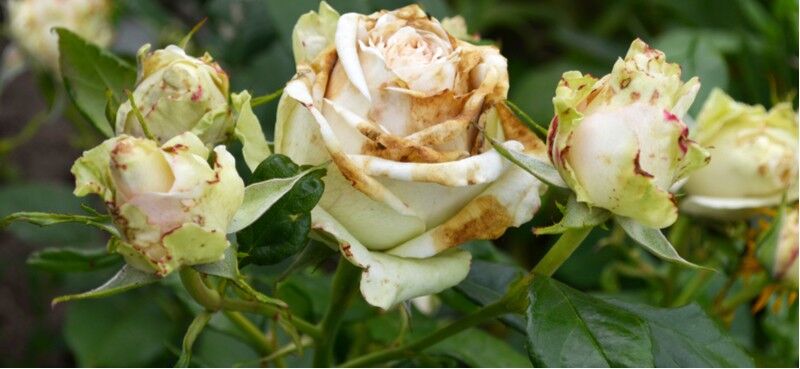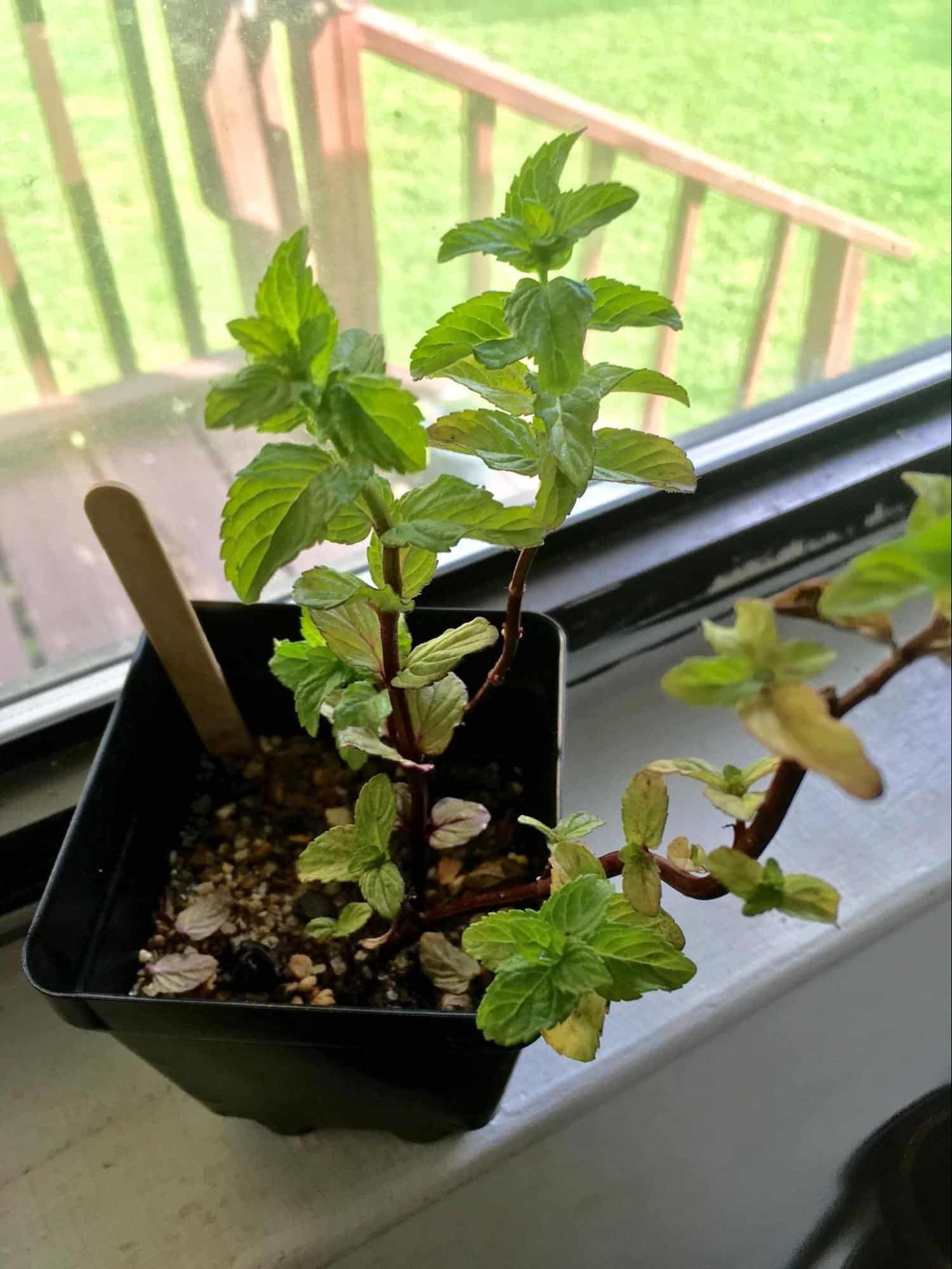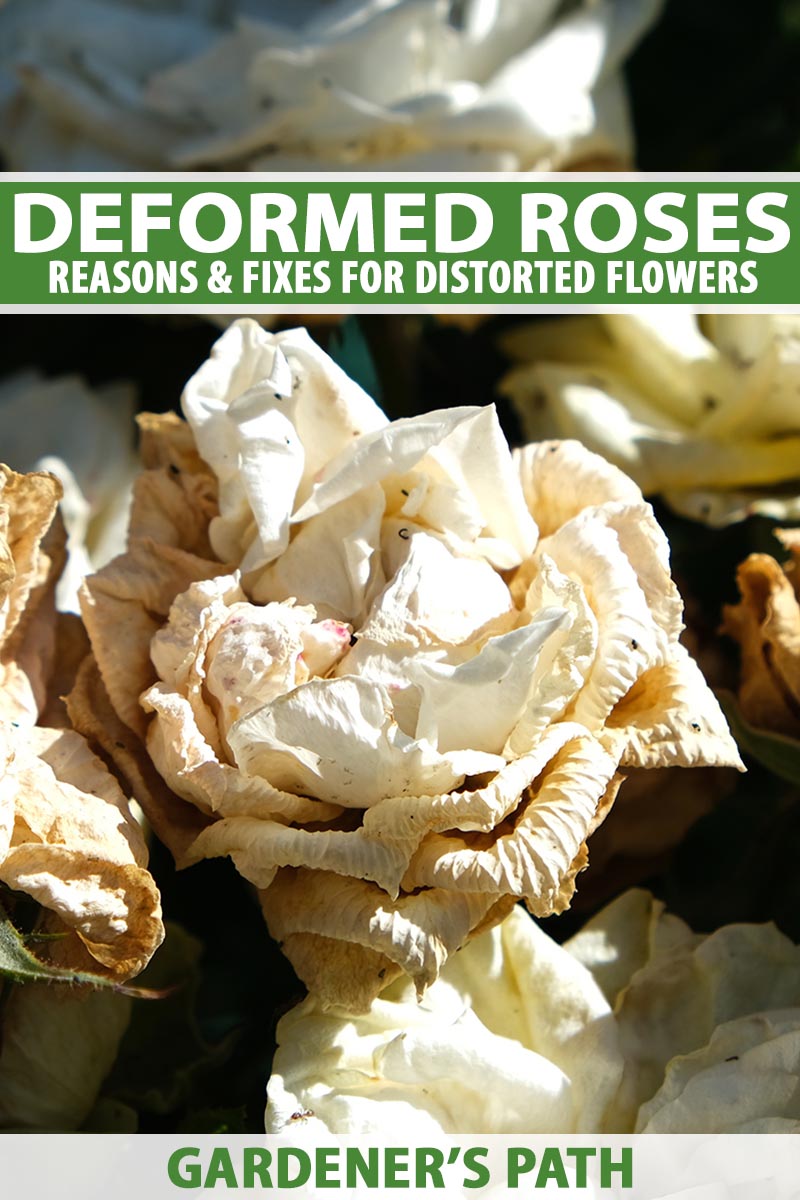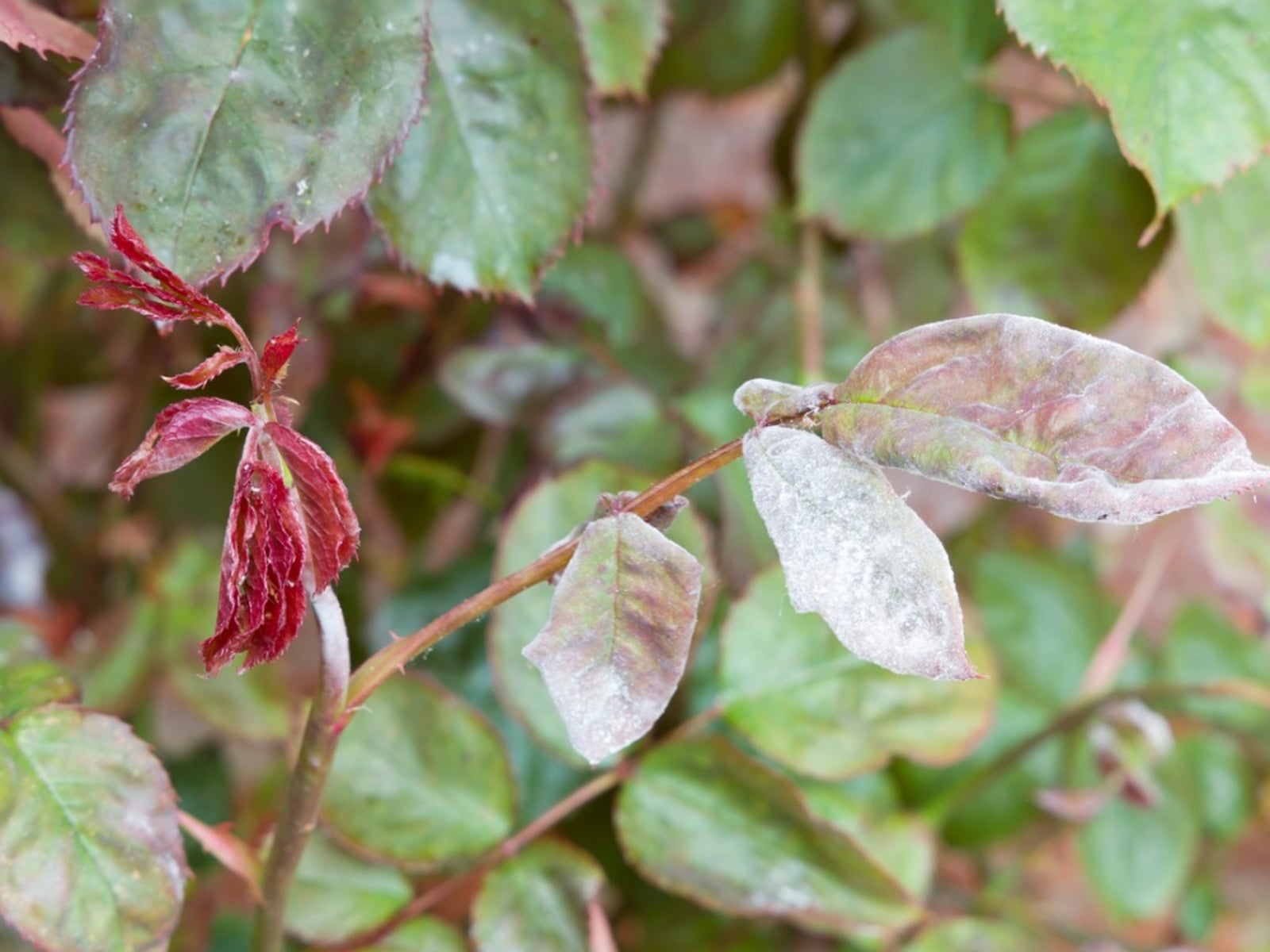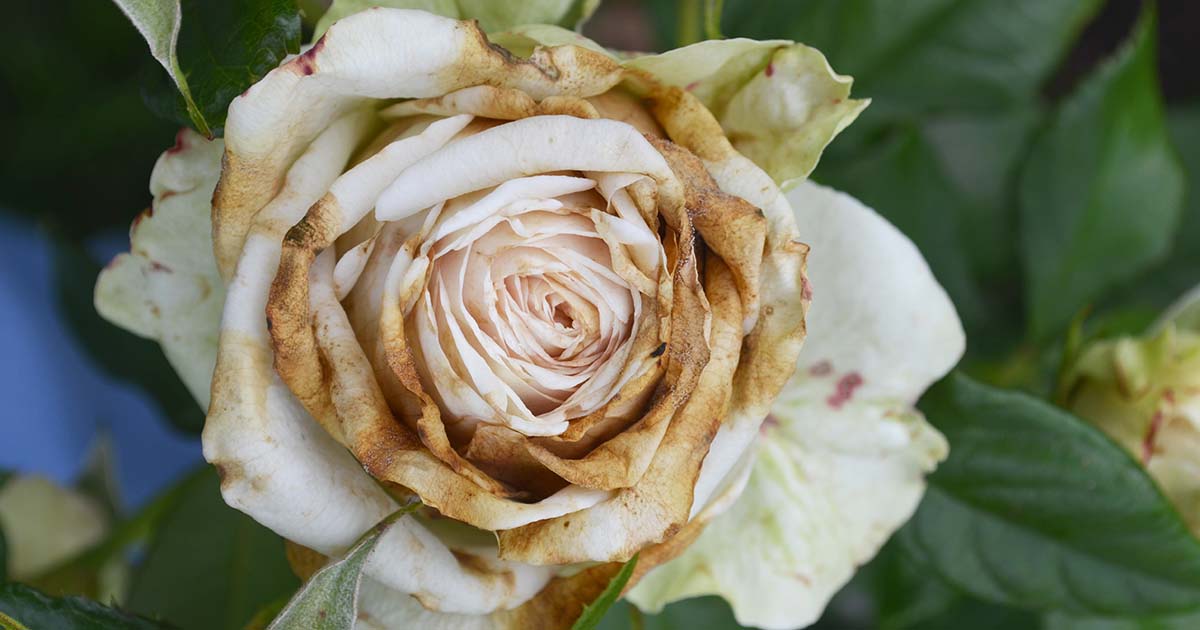Understanding the Life Cycle of Rose Flowers
Rose flowers, like all living things, have a natural life cycle that includes growth, blooming, and eventual decline. The blooming period of a rose flower typically lasts around 7-14 days, during which the petals will naturally begin to drop off as the flower ages. This process is a normal part of the rose’s life cycle and is not necessarily a cause for concern. However, if the petals are falling off prematurely or in large quantities, it may be a sign of an underlying issue that needs attention.
One of the most common questions rose enthusiasts ask is, “Why are my rose petals falling off?” While it’s natural for rose petals to drop off as the flower ages, there are other factors that can contribute to premature petal drop. Understanding the life cycle of rose flowers is essential in determining whether the petal drop is a normal occurrence or a sign of a problem.
Rose flowers go through several stages of development, including bud formation, blooming, and senescence (the aging process). During the blooming stage, the petals will begin to unfurl and the flower will reach its peak beauty. As the flower ages, the petals will start to drop off, and the flower will begin to form seeds. This natural process is essential for the reproduction of the rose plant.
While the life cycle of rose flowers is a natural process, there are factors that can disrupt it, leading to premature petal drop. Environmental factors, pests, diseases, nutrient deficiencies, and watering issues can all contribute to rose petal drop. By understanding the life cycle of rose flowers and the factors that can affect it, rose enthusiasts can take steps to prevent premature petal drop and enjoy their roses for a longer period.
Common Reasons for Rose Petal Drop: Environmental Factors
Environmental factors can play a significant role in rose petal drop. Temperature fluctuations, humidity, wind, and sunlight exposure can all contribute to the premature falling off of rose petals. For instance, if the temperature drops suddenly, the rose petals may become brittle and fall off. Similarly, high winds can cause the petals to become damaged and drop off.
Humidity is another environmental factor that can affect rose petals. If the air is too dry, the petals may become dehydrated and fall off. On the other hand, if the air is too humid, the petals may become waterlogged and drop off. Sunlight exposure is also crucial for rose petals. While roses need sunlight to bloom, too much sunlight can cause the petals to become scorched and fall off.
To mitigate the effects of environmental factors on rose petal drop, it’s essential to provide your roses with the right conditions. If you live in an area with extreme temperatures, consider providing your roses with some protection, such as a cold frame or a greenhouse. If you live in a windy area, consider providing your roses with some windbreaks, such as a fence or a wall.
In terms of humidity, make sure to water your roses regularly, but avoid overwatering. Also, consider using a humidifier to maintain a stable humidity level around your roses. Finally, make sure to provide your roses with the right amount of sunlight. While roses need sunlight to bloom, too much sunlight can be detrimental to the petals.
By understanding the environmental factors that can contribute to rose petal drop, you can take steps to prevent it. If you’re wondering why your rose petals are falling off, it’s essential to consider the environmental factors that may be affecting your roses. By providing your roses with the right conditions, you can enjoy beautiful, thriving blooms for a longer period.
Pests and Diseases: Unwanted Visitors That Can Cause Petal Drop
Pests and diseases can be a significant problem for rose plants, causing damage to the leaves, stems, and flowers. Some common pests that can cause rose petal drop include aphids, whiteflies, and spider mites. These tiny insects feed on the sap of the plant, causing the petals to become distorted and drop off.
Aphids, in particular, are a common problem for rose plants. These small, soft-bodied insects can be found on the stems and leaves of the plant, and can cause curled or distorted leaves and petals. Whiteflies, on the other hand, are small, winged insects that feed on the sap of the plant, causing yellowing leaves and petal drop.
Diseases can also cause rose petal drop. Fungal infections, such as black spot and powdery mildew, can cause the petals to become discolored and drop off. Bacterial infections, such as bacterial leaf spot, can also cause petal drop and other symptoms such as yellowing leaves and black spots on the stems.
To manage pests and diseases that can cause rose petal drop, it’s essential to monitor your plants regularly for signs of infestation or infection. Inspect your plants carefully, looking for signs of pests or diseases such as aphids, whiteflies, or fungal infections. If you notice any problems, take action immediately to prevent the infestation or infection from spreading.
Some effective ways to manage pests and diseases that can cause rose petal drop include using insecticidal soap or neem oil to control aphids and whiteflies, and using fungicides to control fungal infections. It’s also essential to practice good garden hygiene, such as removing weeds and debris, and disinfecting your pruning tools to prevent the spread of disease.
By taking steps to manage pests and diseases, you can help prevent rose petal drop and enjoy healthy, thriving roses. If you’re wondering why your rose petals are falling off, it’s essential to consider the possibility of pests or diseases and take action to address the problem.
Nutrient Deficiencies: How Lack of Essential Nutrients Affects Rose Petals
Nutrient deficiencies can be a significant problem for rose plants, causing a range of symptoms including petal drop. Roses require a balanced diet of essential nutrients to thrive, and a lack of these nutrients can cause problems. Three key nutrients that are essential for rose health are nitrogen, iron, and magnesium.
Nitrogen is a critical nutrient for rose growth, and a deficiency can cause yellowing leaves and petal drop. Iron is also essential for rose health, and a deficiency can cause yellowing leaves and stunted growth. Magnesium is important for photosynthesis and can cause petal drop and yellowing leaves if deficient.
To prevent nutrient deficiencies, it’s essential to fertilize your roses regularly. A balanced fertilizer that contains nitrogen, phosphorus, and potassium (NPK) is ideal for roses. You can also add additional nutrients such as iron and magnesium to the soil to ensure your roses are getting everything they need.
When fertilizing your roses, make sure to follow the instructions on the label carefully. Overfertilization can be just as damaging as underfertilization, so it’s essential to get it right. You should also consider getting a soil test to determine the nutrient levels in your soil. This will help you identify any deficiencies and take action to correct them.
In addition to fertilizing, you can also take steps to improve the overall health of your roses. This includes providing them with plenty of water, sunlight, and air circulation. You should also deadhead your roses regularly to encourage new growth and prevent petal drop.
By providing your roses with the nutrients they need, you can help prevent petal drop and enjoy healthy, thriving blooms. If you’re wondering why your rose petals are falling off, it’s essential to consider the possibility of nutrient deficiencies and take action to address the problem.
Watering Issues: How Overwatering and Underwatering Affect Rose Petals
Watering is a crucial aspect of rose care, and both overwatering and underwatering can cause rose petals to fall off. Overwatering can lead to root rot, which can cause the petals to drop off as the plant becomes stressed. Underwatering, on the other hand, can cause the petals to become dry and brittle, leading to premature drop.
To avoid overwatering, it’s essential to check the soil moisture regularly. Stick your finger into the soil up to the first knuckle, and if the soil feels dry, it’s time to water. If the soil feels wet, wait another day or two before watering again. It’s also important to avoid getting water on the leaves or petals, as this can cause fungal diseases to develop.
Underwatering can be just as problematic as overwatering. If the soil is too dry for too long, the petals can become dry and brittle, leading to premature drop. To avoid underwatering, make sure to water your roses regularly, especially during hot and dry weather. Aim to provide about 1-2 inches of water per week, either from rainfall or irrigation.
In addition to proper watering, it’s also essential to ensure good drainage in the soil. If the soil is too dense or compacted, water can become trapped, leading to root rot and petal drop. To improve drainage, add organic matter such as compost or well-rotted manure to the soil.
By watering your roses correctly and ensuring good drainage, you can help prevent petal drop and enjoy healthy, thriving blooms. If you’re wondering why your rose petals are falling off, it’s essential to consider the possibility of watering issues and take action to address the problem.
How to Prevent Rose Petal Drop: Tips and Tricks
Preventing rose petal drop requires regular maintenance and care. One of the most effective ways to prevent petal drop is to deadhead your roses regularly. Deadheading involves removing the spent blooms from the plant, which encourages the plant to produce new flowers and prevents seed production.
Pruning is another essential task to prevent rose petal drop. Pruning helps to promote healthy growth, encourages blooming, and removes dead or diseased wood. When pruning, make sure to remove any dead or damaged branches, and cut back the plant to encourage new growth.
Using rose-specific products can also help to prevent rose petal drop. Rose fertilizers, for example, provide essential nutrients that promote healthy growth and blooming. Rose pest control products can also help to prevent pests and diseases that can cause petal drop.
In addition to these tips, it’s also essential to provide your roses with the right growing conditions. Make sure to plant your roses in well-draining soil, and provide them with full sun to partial shade. Water your roses regularly, but avoid overwatering, which can lead to root rot and petal drop.
By following these tips and tricks, you can help to prevent rose petal drop and enjoy healthy, thriving blooms. Remember, regular maintenance and care are essential to preventing petal drop and promoting healthy growth.
Some other tips to prevent rose petal drop include:
- Providing support for tall rose varieties to prevent wind damage
- Using mulch to retain moisture and suppress weeds
- Monitoring your roses regularly for signs of pests and diseases
- Keeping the area around your roses free of debris and weeds
By following these tips and providing your roses with the right care and attention, you can enjoy beautiful, thriving blooms all season long.
When to Worry: Signs of Underlying Problems That Need Attention
While some rose petal drop is normal, there are certain signs that indicate underlying problems that need attention. If you notice any of the following symptoms, it’s essential to investigate further to determine the cause of the problem.
Persistent petal drop is one sign that something is amiss. If your rose petals are falling off consistently, it may be a sign of a nutrient deficiency, pest infestation, or disease. Yellowing leaves are another sign of a problem, as they can indicate a nutrient deficiency or disease.
Black spots on the stems or leaves are a sign of a fungal infection, which can cause petal drop and other problems. If you notice any of these symptoms, it’s essential to take action to address the underlying problem.
To investigate further, start by inspecting your roses carefully. Look for signs of pests, diseases, or nutrient deficiencies. Check the soil moisture and adjust your watering schedule as needed. Fertilize your roses regularly to ensure they are getting the nutrients they need.
If you’re still unsure of the cause of the problem, consider consulting with a gardening expert or taking a sample of the affected plant to a nursery or gardening store for further diagnosis.
By being aware of these signs and taking action to address underlying problems, you can help prevent rose petal drop and enjoy healthy, thriving blooms.
Some other signs to watch out for include:
- Wilting or droopy leaves
- Discoloration or streaks on the petals
- A sour or unpleasant odor from the plant
- Unusual growth patterns or deformities
If you notice any of these signs, it’s essential to take action to address the underlying problem and prevent further damage to your roses.
Conclusion: Enjoying Healthy and Thriving Roses
Rose petal drop can be a frustrating problem for rose enthusiasts, but by understanding the causes and taking action to prevent it, you can enjoy healthy and thriving blooms. Whether it’s due to environmental factors, pests and diseases, nutrient deficiencies, or watering issues, there are steps you can take to address the problem and prevent further damage.
By following the tips and advice outlined in this article, you can help prevent rose petal drop and enjoy beautiful, thriving blooms. Remember to deadhead your roses regularly, prune them properly, and use rose-specific products to promote healthy growth and blooming.
Regular maintenance and care are essential to preventing rose petal drop and promoting healthy growth. By providing your roses with the right conditions, including proper watering, fertilization, and pruning, you can help prevent petal drop and enjoy healthy, thriving blooms.
So, if you’re wondering why your rose petals are falling off, don’t worry With a little knowledge and effort, you can address the problem and enjoy beautiful, thriving blooms. Take action today to prevent rose petal drop and enjoy the rewards of growing healthy and thriving roses.
By following these tips and taking action to prevent rose petal drop, you can enjoy:
- Beautiful, thriving blooms that last longer
- Healthier, more robust plants that are less prone to disease
- Increased flower production and more blooms per plant
- A more enjoyable and rewarding rose-growing experience
So, don’t wait any longer Take action today to prevent rose petal drop and start enjoying the many rewards of growing healthy and thriving roses.


